Luxury clothing brands cannot be marketed in the same way as any other product. The brand itself adds a great deal of value, and without it, the garments would struggle to command the same price tag. Only a solid marketing strategy can build and maintain a clothing brand that can be deemed ‘luxury’.
But what does a strong marketing strategy for clothing brands look like? Let’s take a look at some key elements.
Importance of marketing structure and funnel
Any luxury clothing brand must have a well-designed marketing structure. As marketing strategies can take time to work, everything you do now should be working towards a main future goal. Plan in years, not weeks.
To give your marketing strategy a strong foundation, you should begin with a testing phase where you trial different creatives, channels and audiences. When you identify one that brings in a high return on ad spend (ROAS), it can be moved to a separate prospect campaign and become the foundation of your structure.
Once you have data regarding those interacting with your brand, you can begin segmenting your audience based on user behaviour and start further developing your marketing structure.
Increase ROAS by segmentation based on user behavior
One excellent way to structure your marketing campaigns is segmentation. The ability to track people’s online experience with your brand allows you to segment them into audiences and advertise to them accordingly. For example, you could track those who watch over 75% of a video you’re promoting and segment them into a particular audience. Knowing that they’re more interested in your brand than people who watched under 25% of your video makes them a more valuable audience. An audience more likely to give you a high ROAS.
Facebook Business Manager allows you to create audiences of people who’ve engaged with your Facebook or Instagram account, while ecommerce sites allow you to track people who’ve put things in their cart or visited the checkout page. So this technique works for segmenting people who have engaged with you on social media, visited your website, added one of your products to their basket, started the checkout process, or purchased from you.
The example below shows you how you can create custom audiences on your website, segmenting people into audiences like those who’ve added something to their cart. Using this feature, you can display different messaging to each segment and move them towards the purchase more effectively.
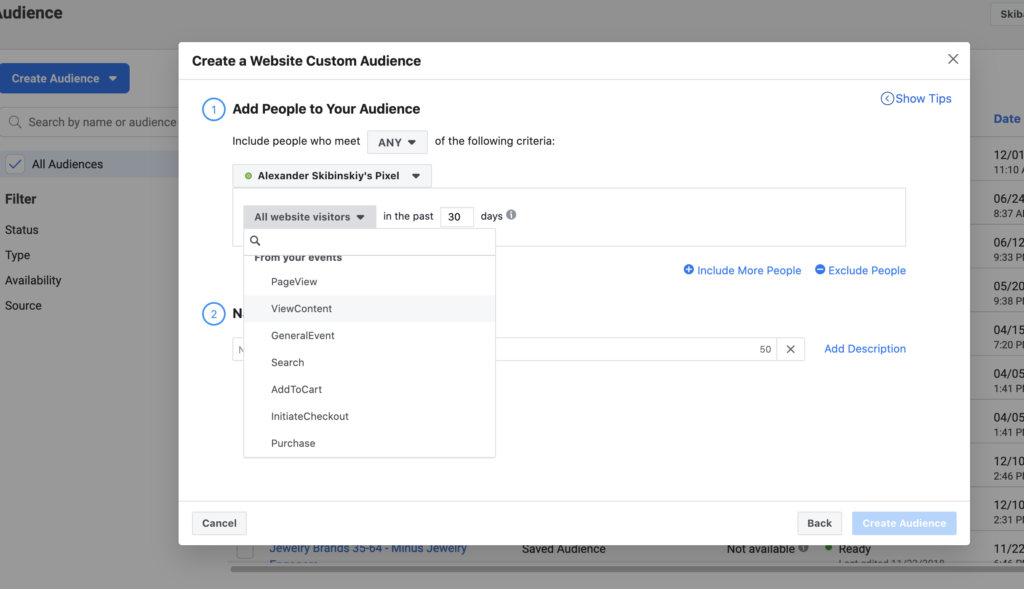
Remarketing to engaged audiences
Armed with this information, you can select these audiences for your next campaign. Remarketing allows you to take these warm leads (people who’ve already interacted with your brand) and promote further targeted messaging to them. Selling to a warm lead has a much higher conversion rate than an ad aimed at a completely new audience.
By repeatedly exposing people to your brand, you increase their brand awareness, recall and trust, all factors that can significantly increase your brand’s value, and customer loyalty.
Tailor messages to each segmentation
Not only should your messaging be tailored to the demographics of each audience (e.g. a different tone of voice for a younger age group), but it should also be tailored to each segmentation. Someone who has an item left in their basket is much further down the marketing funnel than someone who followed a link to your website on social media. Messaging on targeted ads should reflect this.
Consider which audiences are active on the media channel you’re using and then tailor your messaging accordingly. Different social media channels are used by different demographics, while those consuming print media, such as Vogue, are more likely to be more experienced in luxury clothing.
You should also consider where each segment is on the Attention, Interest, Desire, and Action (AIDA) scale. Did your last ad only grab their attention? Or have they progressed to desiring one product in particular? What message is needed to carry them to your checkout? Ecommerce brands often email consumers that still have a product in their basket to try and tempt them to complete the purchase. The same can be done in adverts.
Strengthen your brand through collaboration
Once you’ve segmented your audience, one way to target them is to collaborate with brands or influencers that they trust. If done well, a collaboration can give you access to a new audience, strengthen your brand identity and increase sales. Collaborators must share your brand’s values though, or they can have a detrimental effect.
Louis Vuitton teamed up with Aimee Song (a fashion blogger), Marie von Behrens (a fashion and photography blogger), Devon Carlson (a fashionista and vlogger) and Aleali May (a model and designer) to launch their new products. By teaming up with influencers with a strong online presence, they’re guaranteeing access to a target audience who may not have considered their brand before.
Another example is Fendi teaming up with a popular visual artist to design their new range. What more proof could they provide that their clothes are works of art, than getting an artist to design them? More than that, he’s incredibly popular on social media so their new range is likely to attract his followers.
Both of these brands are trying to target millennials by using influencers popular on social channels. If the world’s biggest luxury brands are incorporating social media into their marketing strategy, then it should be a focus for any luxury clothing brand.
Clothing brand marketing and messaging best practices
Advertising is the main channel to target these audiences and build a brand image strong enough to sell luxury. But what images and messages should you use? Let’s consider what current market leaders are doing.
Building your brand image
It’s paramount that clothing brands follow trends as they evolve, but only in a way that reflects their brand. Despite ever-changing fashion, luxury clothing brands always apply the same mechanisms to their photography: simplicity, beauty and individuality.
Let the product sell itself
Simple images such as those below by Fendi, Givenchy and Louis Vuitton, give the impression that the beauty of the item speaks for itself. No models, scenery or sets are required to sell these products. They sell themselves.
While a risky technique for a new brand, being less eye-catching than a more colorful image, it can be replicated easily at very little cost. This means that it can quickly become a part of your creative testing phase, to be trialled on your audience with little financial risk.
Be bold and generate desire
Bold, beautiful imagery will always catch people’s attention. It also has a much better ability to evoke emotions compared with the simple images above. Using the latest trends in color palettes, shapes and artistic style, adverts like this drive desire and ultimately sell products. If it wasn’t for the branding, it would often be difficult to tell if a luxury clothing brand’s photography is an advert or work of art.
While costing more to create, these ads elevate your products from functional to craftsmanship.
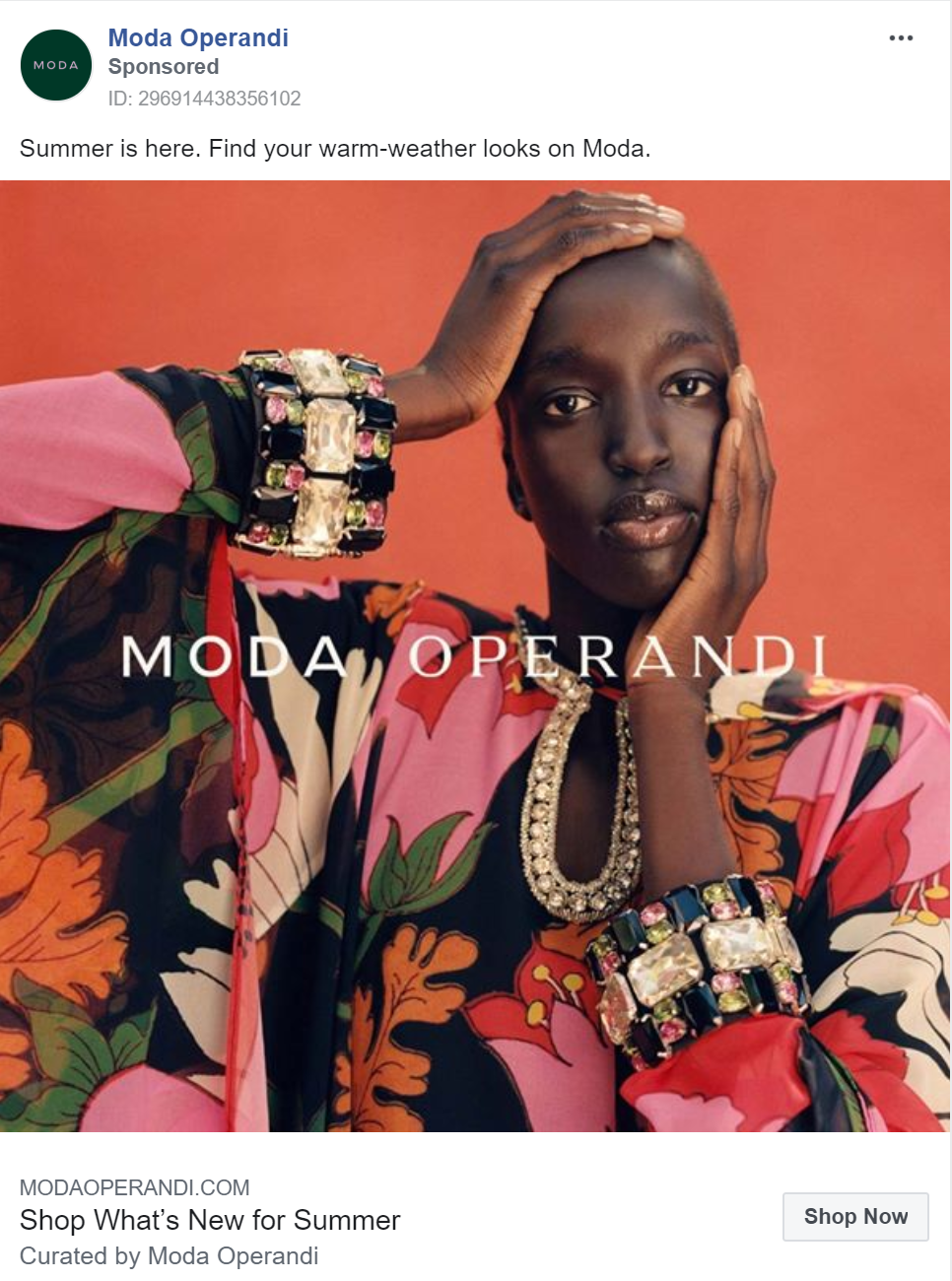
Be different and stand out from the competition
With fashion brands, being weird and wonderful is a popular mechanism for catching attention and showing that they’re unique. Having something exclusive raises its perceived value and invokes a sense of luxury.
Moreover, by being the first to promote a new fashion and being a trendsetter, their brand is set apart from others. It gives the brand an air of authority and expertise, promoting brand trust and loyalty. Burberry and Gucci are two brands that consistently find unique ways of photographing their products.
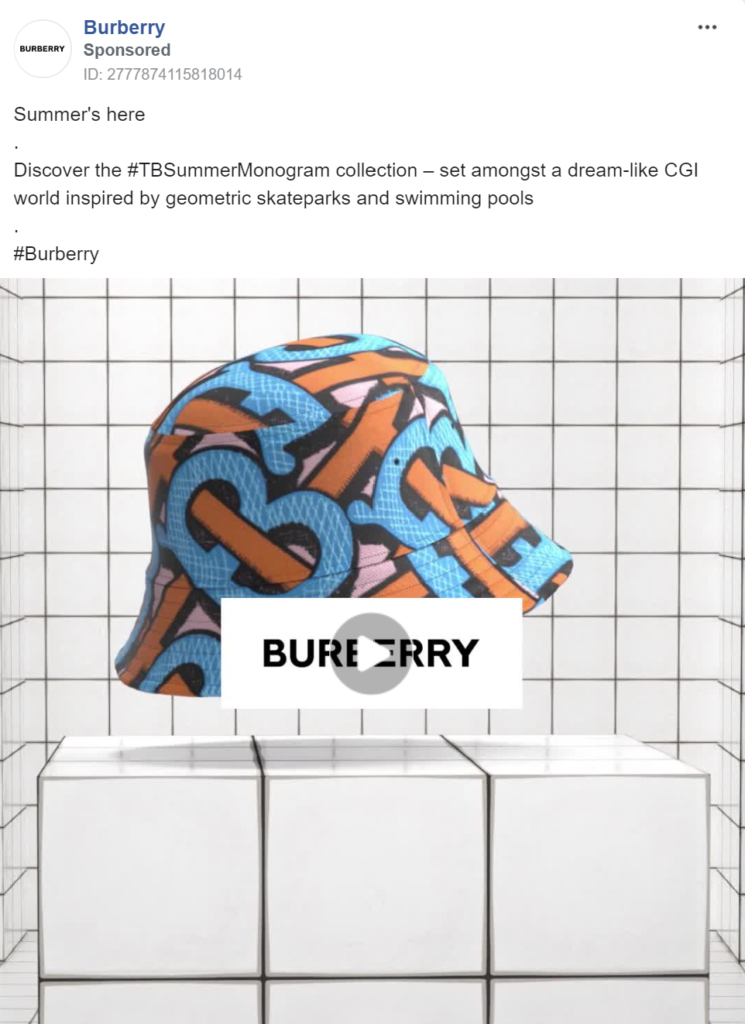
Using your brand’s voice to generate sales
Messaging in ads for luxury clothing brands are kept very simple, allowing the images and garments to speak for themselves. There are a few techniques used for generating sales however.
Generate demand
By giving people a reason to purchase a new wardrobe, you’re removing a barrier to purchase. Moda Operandi does this perfectly in their ‘Summer Looks’ campaign. They highlight the new season, suggest a need for clothes because of the weather and refer to their attire as ‘must-have’. Combined with beautiful imagery, this is a compelling ad.
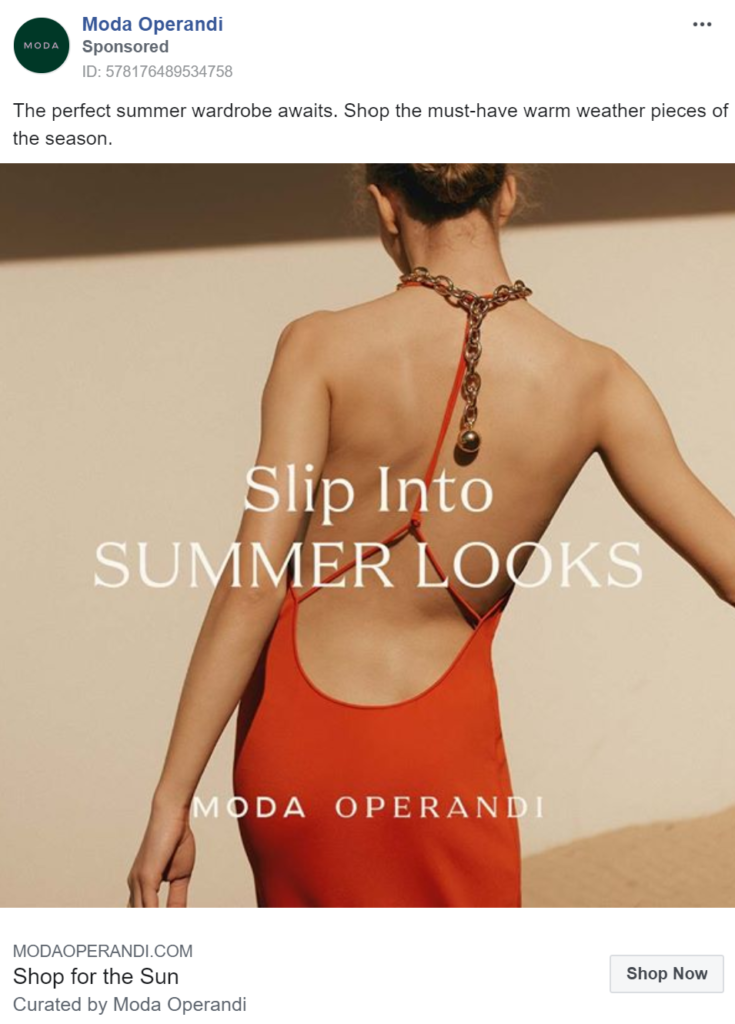
Meaningful descriptions
In the example below, Gucci succeeds in romanticizing it’s jacket, using rich, emotive language. By activating people’s emotions, they’re connecting with them on a deeper level and encouraging brand loyalty and repeat custom.
A description like this, explaining the thought that has gone into designing the product, increases its perceived worth and generates a desire for it. Using words like ‘reimagined’ and ‘crafted’ frame the item as a work of art. One that’s certainly worth a premium price.

Conclusion
A great deal of care and attention goes into managing luxury clothing brands, and marketing is key. From testing and trialing creatives, identifying your key audiences, and building compelling communications, your marketing strategy can make or break your brand.
If you’re just beginning the journey of building your brand, make sure you allocate enough resources to the testing phase. Work out who your real target audiences are and ensure that your ads and messaging resonate with them. If you’re unsure, hiring an expert in marketing luxury clothing brands can help build strong foundations for your brand, and accelerate its growth.


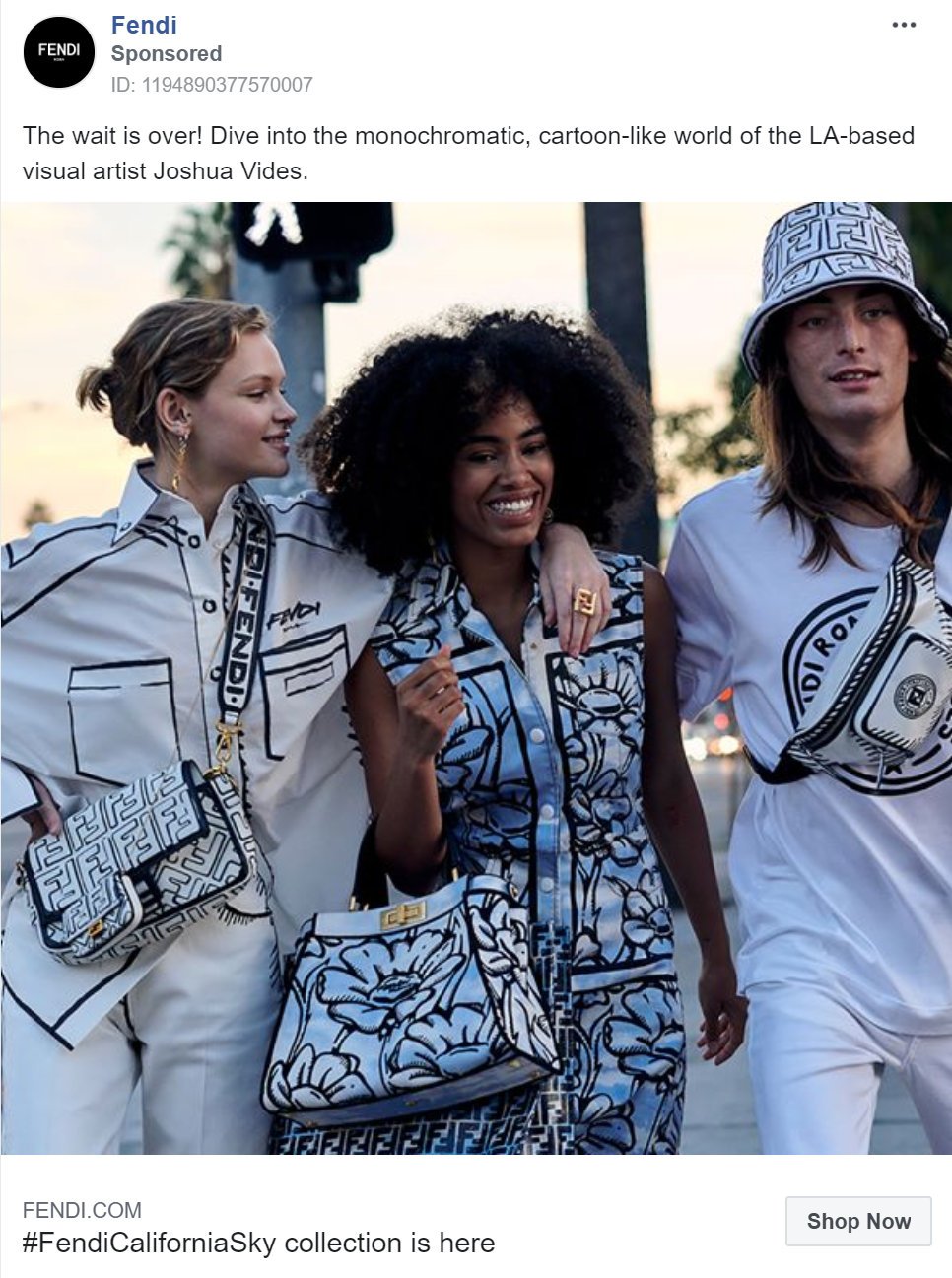
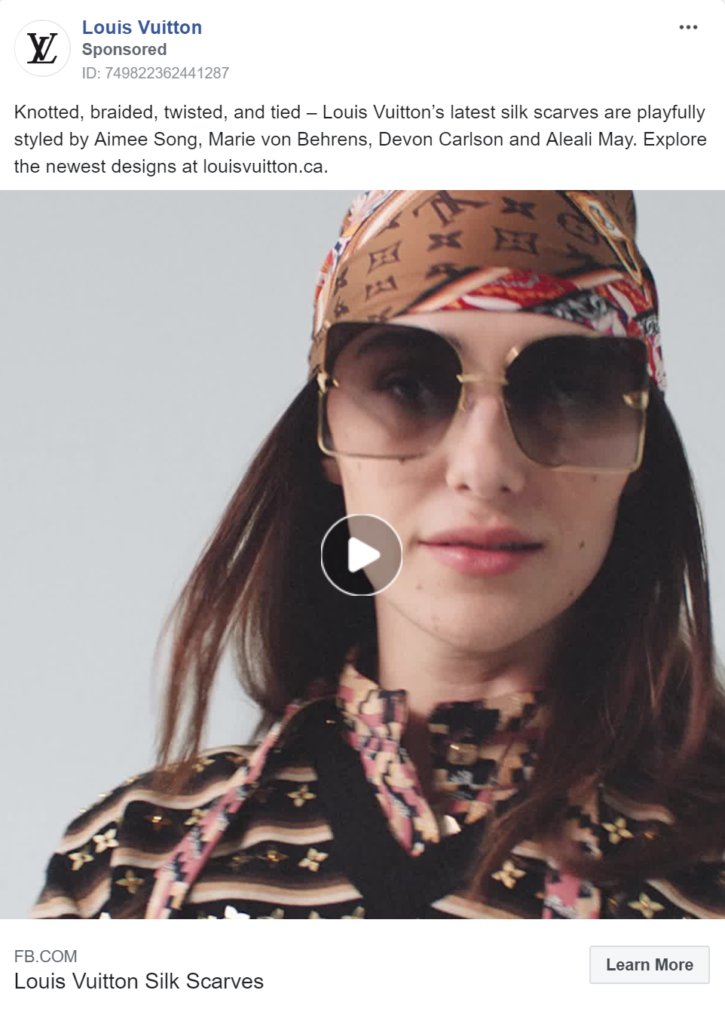

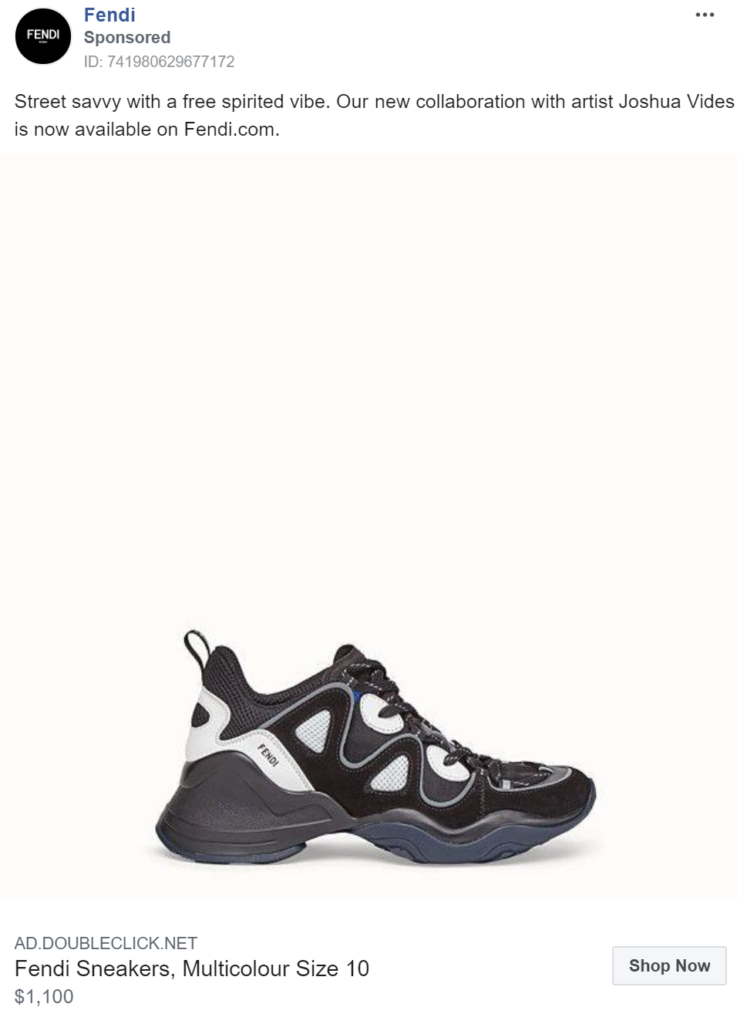
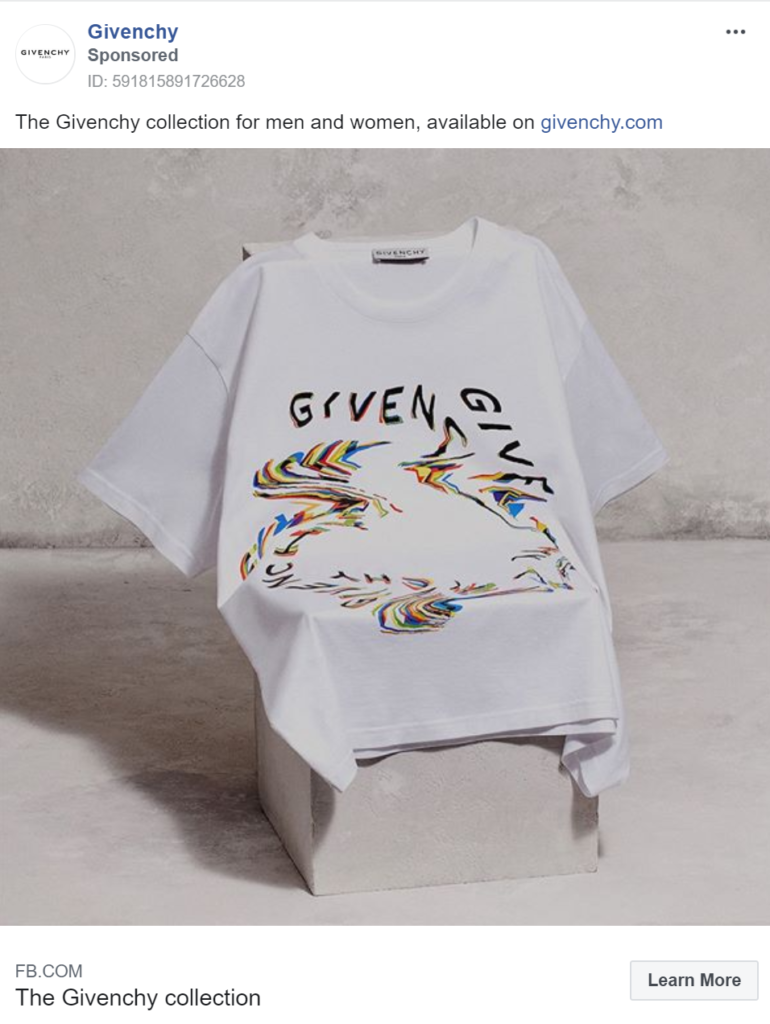
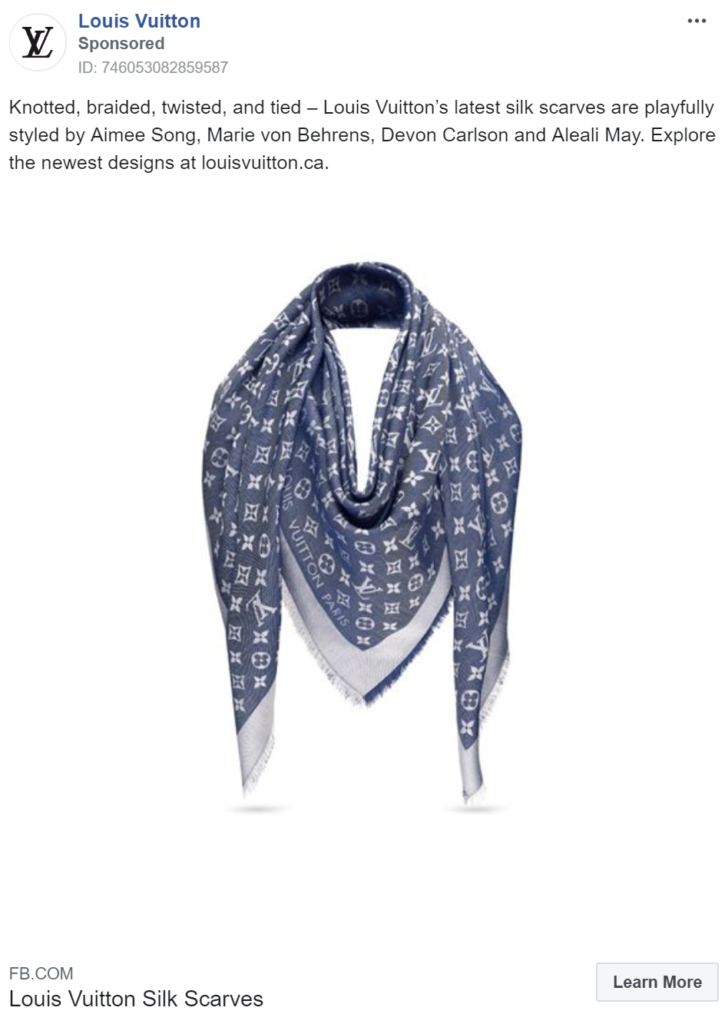
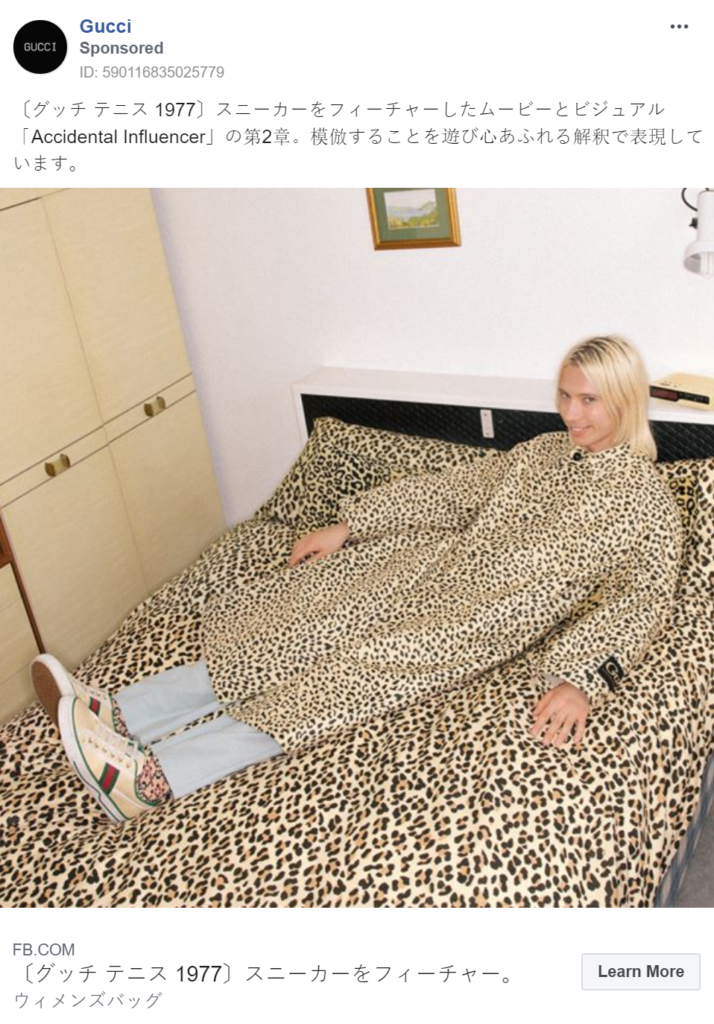
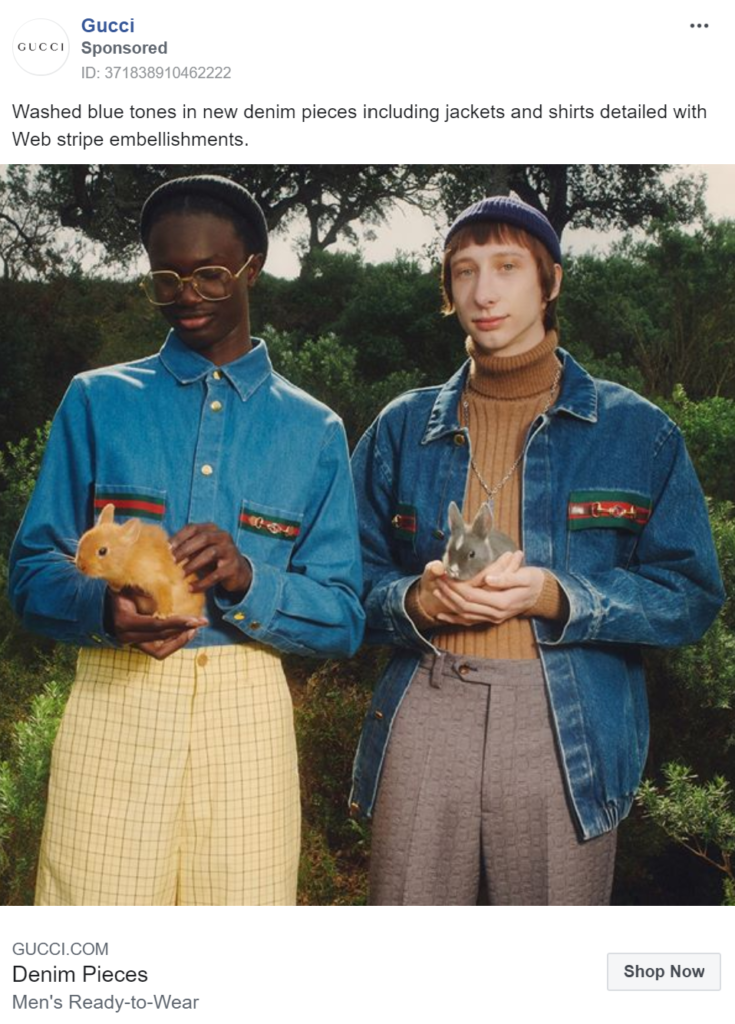

Leave a Reply
You must be logged in to post a comment.